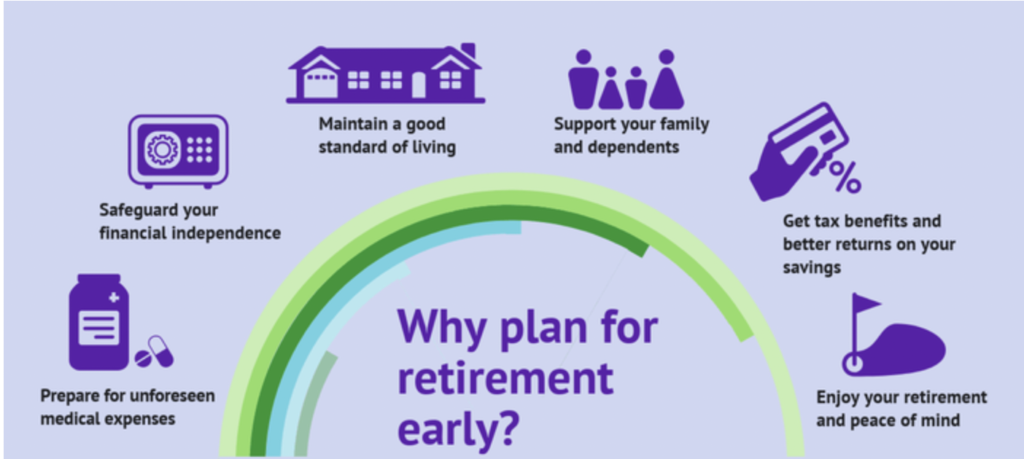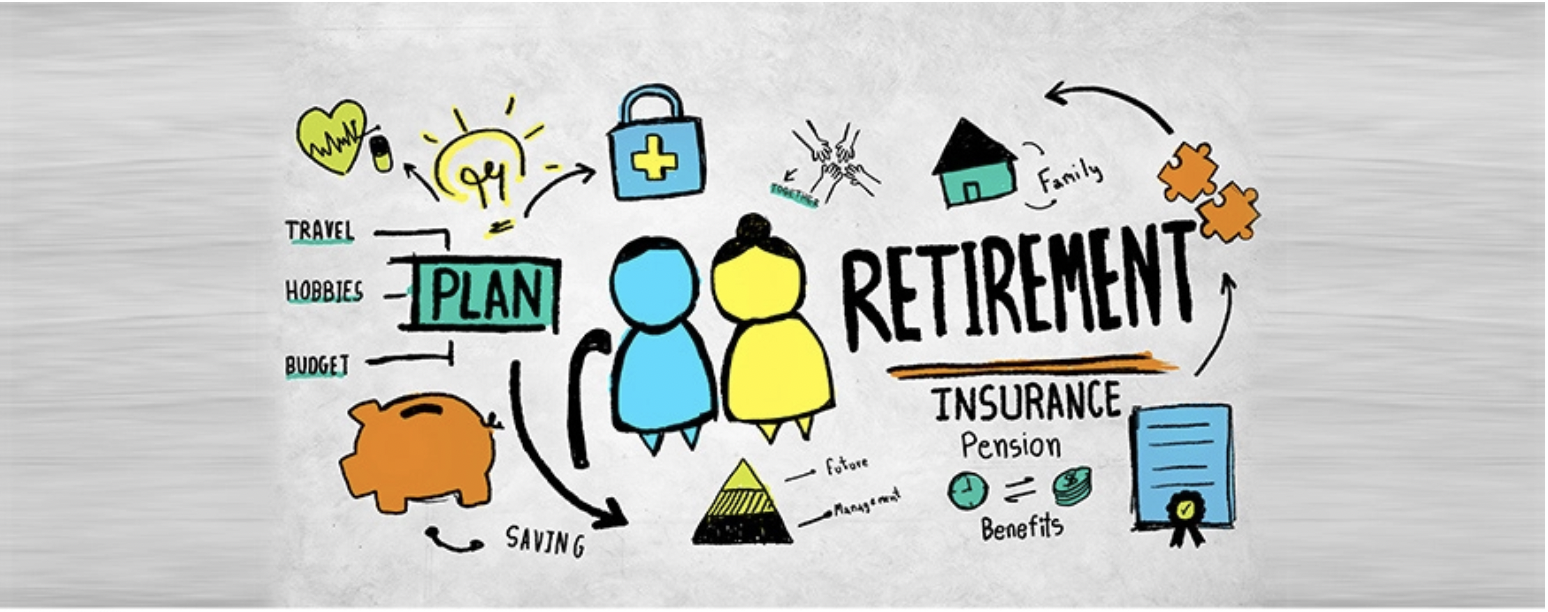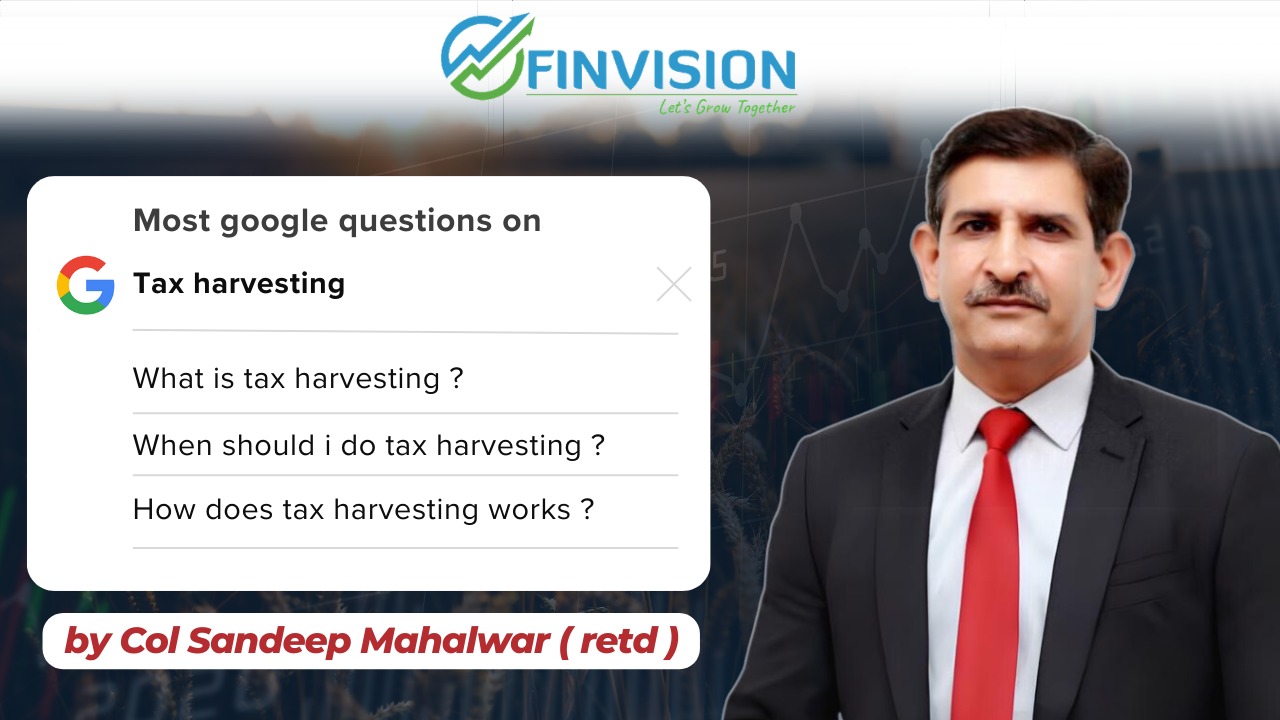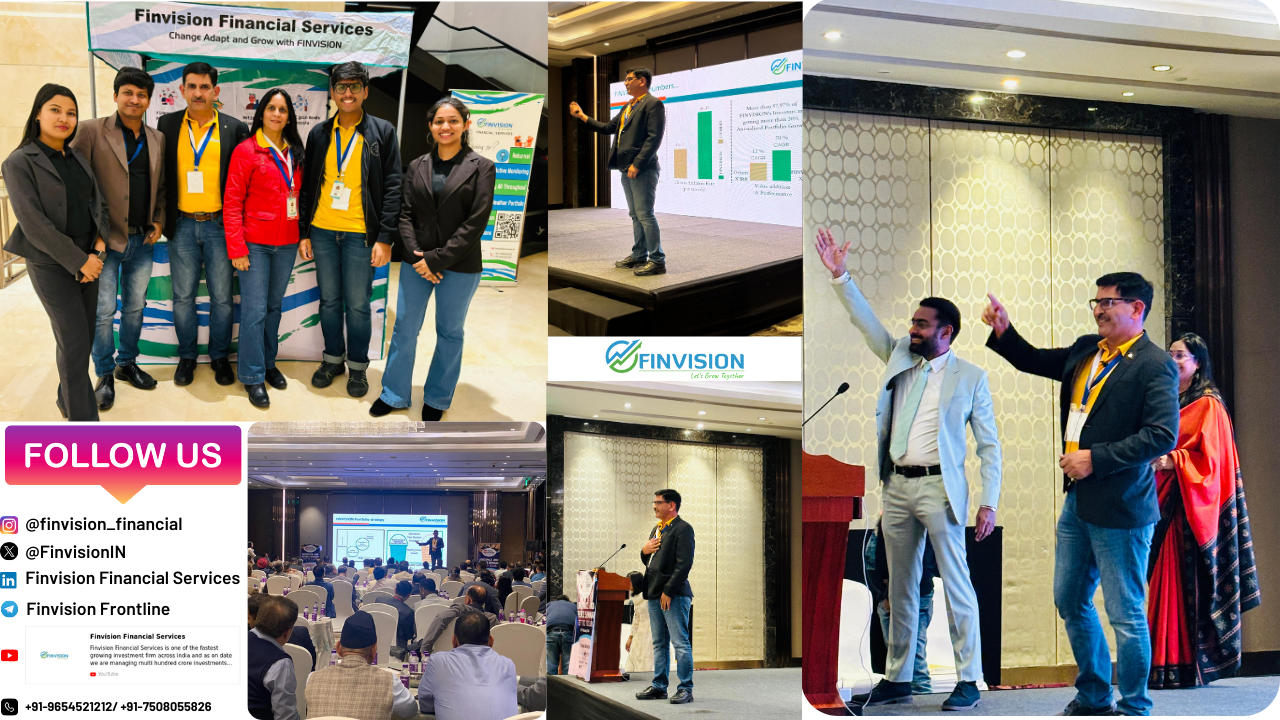What is Retirement? A phase of life when you devote time to yourself and relish it with comfort and ease. Though, many relate retirement to some age, say like 54 or 60yrs. However, in reality retirement is related to an amount of corpus and has no link with age. Because, what people seek is actually financial independence to accommodate the various needs and expenses of their retired life. Wherein, during your working life, you need to save and accumulate a sufficiently large corpus which can meet the income needs of your retired life. Unfortunately, many of us do not give adequate importance to retirement planning until the later stages of their working career.
What is Retirement Planning? The process of defining your retirement income goals and accomplishing them with necessary actions and decisions. It involves analysing your financial requirements, objectives, current financial state, and the anticipated future cash flows to develop and harness a comprehensive retirement roadmap.
Who needs to plan for Retirement? Everyone needs to plan for their retirement. Many people think that only the salaried need to plan for retirement as they will not have enough funds once the regular source of income vanishes. However as a matter of fact, salaried individuals with mandatory contributions to Provident Fund and NPS still have some corpus (though grossly inadequate) to rely on after retirement. But the people of the unorganised sectors like businessmen, private sector employees, sportsmen, self-employed like Consultants, CAs, Lawyers, Engineers and Doctors, who do not have such an option, need to plan well in time.
Why is retirement planning more important now than it was ever before?
1. In joint families, financial security of all family members was ensured by the earning members. In nuclear families, you need to have a retirement plan for your post retirement financial security.
2. People retiring with pension will be fortunate to receive a portion of income post retirement. However, the pension in itself may not suffice as its purchasing power will gradually reduce in a few years. People not eligible for pension need to create their own pension like cash-flows from the investments.
3. Average longevity is increasing and post-retirement life spans are getting longer, with the majority of us expected to live for 30-40 yrs post retirement. Therefore, a need to ensure financial independence of your spouse, if he/she survives you. Savings and investments to ensure regular income for a long period of time.
4. Essential to factor inflation in your retirement planning. As living expenses will keep increasing over the period. The retirement corpus should be able to generate cash-flows to meet the inflationary expenses.
5. You may be forced to retire early due to a variety of factors like PMR, involuntary retirement, ill-health, to take care of ailing family members, etc. Thus, it is prudent to begin retirement planning early in life and be better prepared to face unforeseen financial challenges.
Your Retirement Planning should provide for: Monthly cash flows to meet living expenses + Unmet life goals + Contingencies + Medical Expenses + Counter Inflation + Protection from falling interest rates on bank deposits + Protection from taxes + Legacy creation














